After months of intense speculation, rumors, and leaks, Nintendo has finally unveiled the Switch 2 with its own Direct presentation. The excitement was palpable as trailers for new games like Mario Kart World, Donkey Kong Bonanza, and even Nintendo GameCube games exclusive to Switch 2 Online were showcased. But perhaps more significantly, we got an in-depth look at the system itself, and from an accessibility perspective, the Switch 2 is a clear upgrade over its predecessor in nearly every aspect.
Several months ago, I explored my accessibility predictions for Nintendo’s latest console. I hoped for more robust accessibility offerings, enhanced usage of Joy-Con controllers, and unique inclusive design practices. To my delight, Nintendo not only met these expectations but exceeded them with additional features. In this Access Designed review, let's delve into the exciting and confirmed accessibility enhancements of the Switch 2.
New Accessibility Settings
The Direct provided limited details on tangible accessibility options, mainly highlighting fully customizable controls for each virtual GameCube game, tailored according to system settings. However, Nintendo has since released an accessibility page that outlines a comprehensive list of returning and new features.
The customizable controls feature is back and functions just like on the original Switch. The ability to adjust text size to three different variants returns, now with the added options of High Contrast and the ability to change general display colors. The Zoom functionality, crucial for blind and low vision players, is also making a comeback. Yet, Nintendo’s most significant addition is the new “Screen Reader” setting.
For blind and low vision individuals, settings like Text-to-Speech are essential for navigating menus and settings. While the Screen Reader is currently limited to the HOME menu and system settings, it's a vital tool that empowers disabled players to independently navigate the Switch 2. Users can customize voice options, reading speed, and volume levels. Although it's unclear whether individual games will support these tools or offer their own accessibility features, Nintendo’s recognition of its disabled audience is a promising sign and sparks my interest in the future of accessibility at the company.
Innovative Design
While not part of a specific menu, Nintendo introduced an inclusive tool that not only enriches a beloved franchise but also significantly enhances cognitive, physical, and blind/low vision accessibility. Within the revamped Nintendo Switch App is Zelda Notes, a companion app for Breath of the Wild and Tears of the Kingdom. The Navigation feature within the app allows players to locate shops, points of interest, and even elusive Koroks using a GPS-like interface. With audio cues and voice guidance, the app directs players to their chosen destinations. Though it doesn’t assist with precise navigation or enemy encounters, it greatly aids blind and low vision individuals in exploring the game’s vast world and reduces cognitive overload.
For cognitive, blind/low vision, and physically disabled players, the app’s Autobuild Sharing tool is a game-changer. It allows players to share their custom Zonai tech creations. By scanning a QR code, disabled individuals can automatically construct a Zonai machine if they have the necessary materials. This feature was particularly beneficial for me, as I struggled with the control layout and button requirements for building Zonai machinery in Tears of the Kingdom. Now, I only need to focus on gathering materials, not the construction itself. This exemplifies Nintendo’s commitment to inclusive design, a practice I’ve consistently praised them for.
Additionally, disabled individuals can share items through the Item Sharing feature, similar to Autobuild Sharing. By scanning a QR code, I can instantly access items sent by friends, reducing the physical strain of constantly searching for weapons and food. While these features don’t make Breath of the Wild and Tears of the Kingdom fully accessible, they represent a significant step forward.
Wheelchair Sports
The most surprising announcement was Drag X Drive, a game reminiscent of Rocket League, where players control characters in manual wheelchairs on a basketball court. This not only showcases proper disability representation but also highlights one of the Switch 2’s few new hardware features: mouse control.
By turning the Joy-Con on its side, players can move it across any surface, making it function like a computer mouse. Although the required force to move the cursor is still unknown (my ultrawide monitor mouse has a DPI of 6400 for comparison), this new way of playing promises accessibility benefits for a wide range of disabled players. It’s thrilling to envision how Nintendo will utilize this feature, but more importantly, it’s another tool for disabled individuals. Coupled with the various controller types already available on the Switch and Switch 2, Nintendo continues to innovate in controller usage.
As a Nintendo enthusiast, I’m thrilled about the Switch 2. Although I’m hesitant to spend upwards of $450 on the system, my passion for gaming started with Nintendo. With each new console, exciting accessibility additions reaffirm Nintendo’s dedication to accessibility and inclusive design. While we still don’t have a first-party accessible device like the Xbox Adaptive Controller or PlayStation Access Controller, Nintendo is innovating in its own way to provide new ways to play for disabled individuals. Combined with the recent announcement of Nintendo joining other developers to create standardized accessibility tags, I believe we’ll see Nintendo continue to elevate accessibility standards.



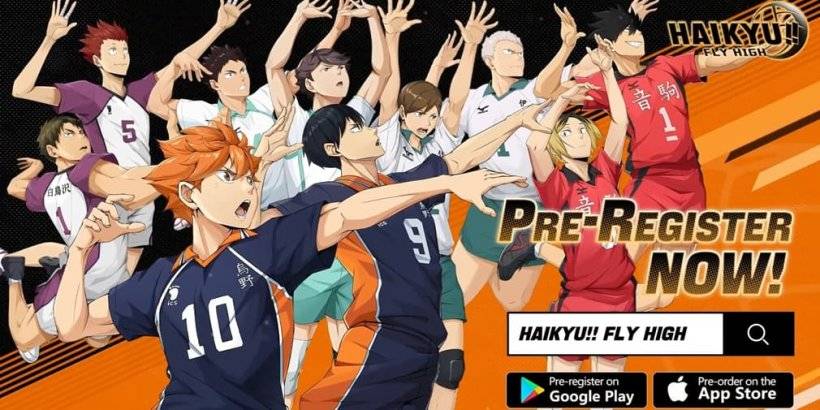


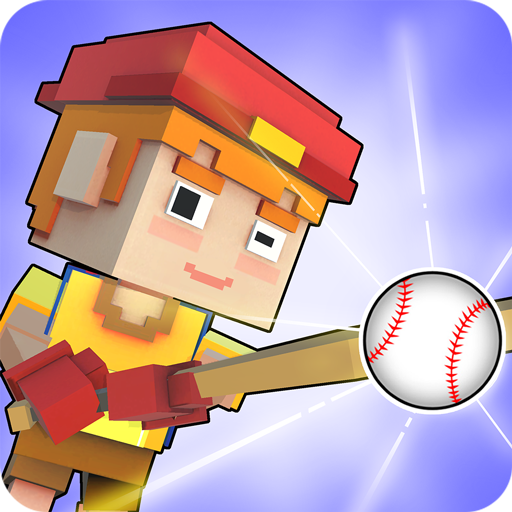

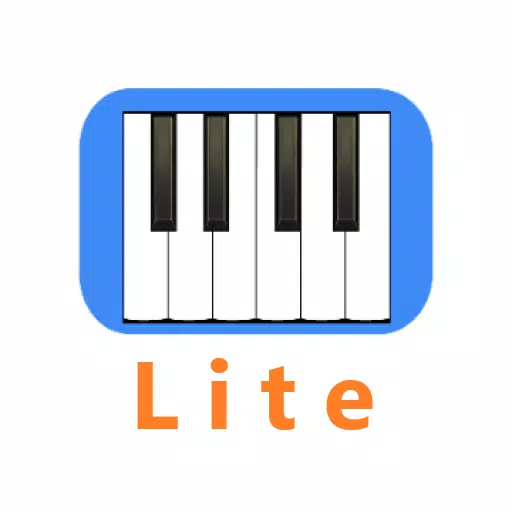



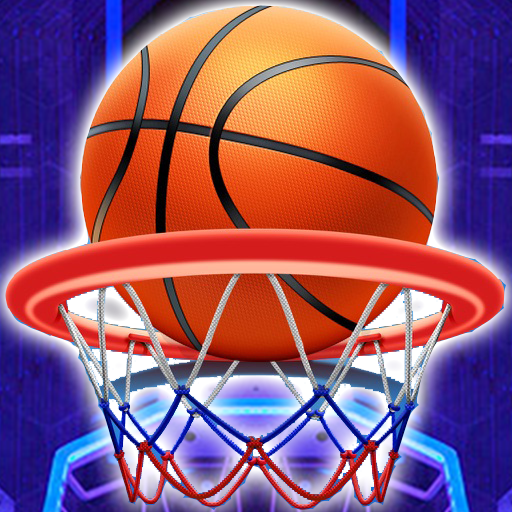
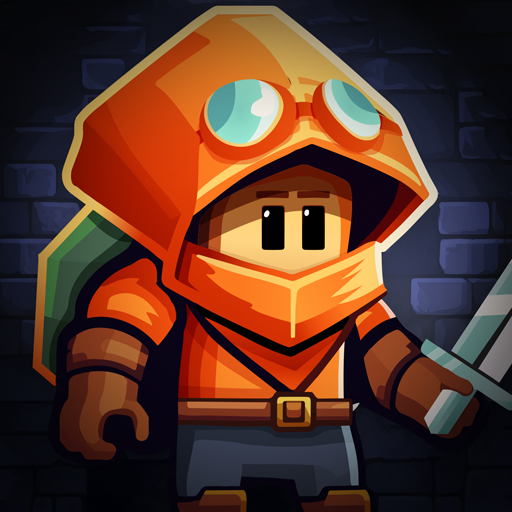
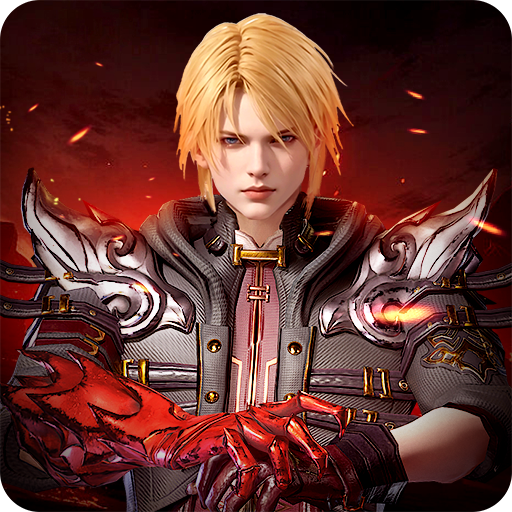
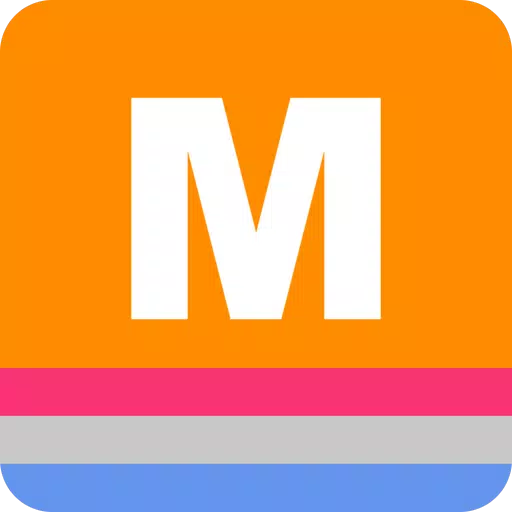
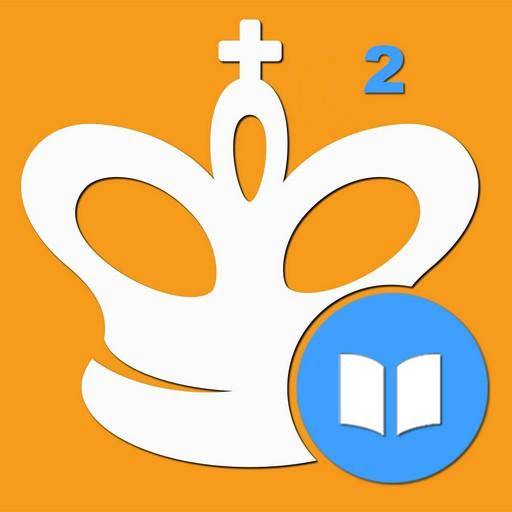
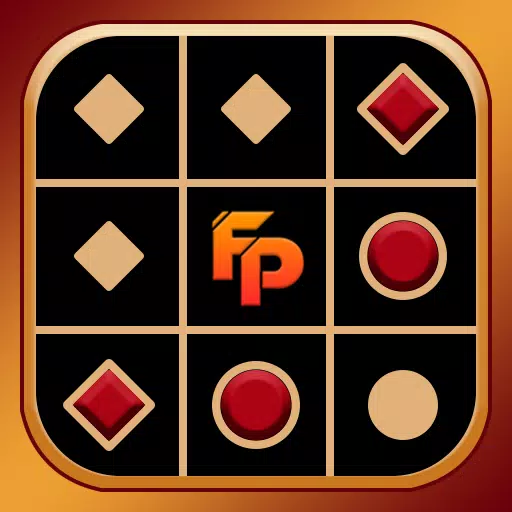
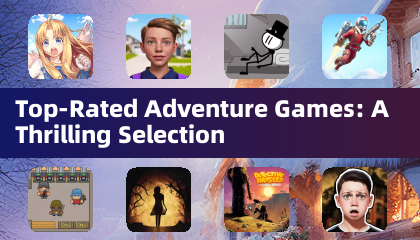
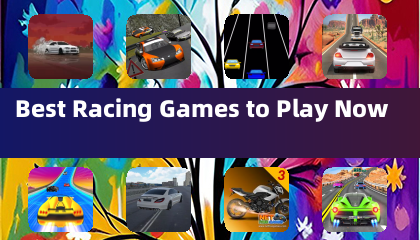
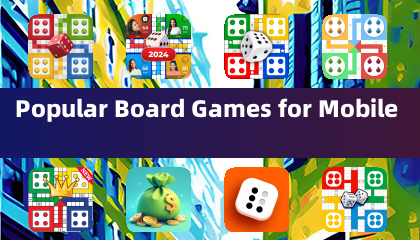
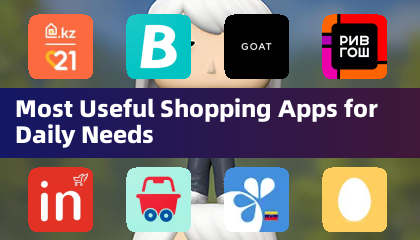
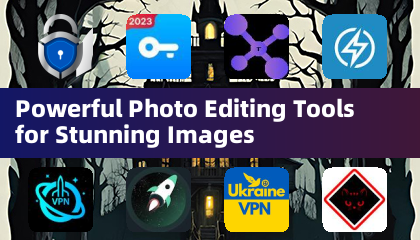
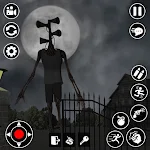


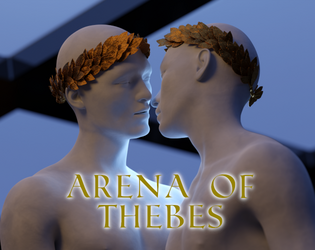
![City Devil: Restart [v0.2]](https://img.icssh.com/uploads/38/1719554737667e52b102f12.jpg)


